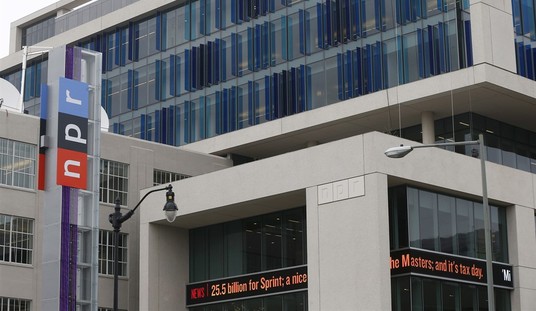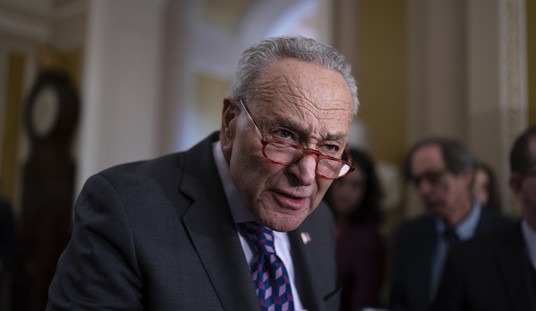The labor movement doesn't have much to celebrate this Labor Day. Congress first established the national holiday in 1894 at unions' behest. Since then, the American labor movement's fortunes rose to their zenith in 1956, when more than three-in-10 workers were union members, only to decline each year after. Today, only 12 percent of workers hold union cards. And if you discount union members who are public employees, barely 7 percent of private-sector workers are union members.
So why has labor unions' membership declined so far in the last 54 years? Some of it has to do with the changing work trends in the United States. We've moved from large-scale industry to service and white-collar jobs, from big employers to small business, and from lifetime tenure to job insecurity and frequent career changes -- all of which makes union organizing more difficult. But the biggest problem for unions has been their own leadership, which has grown increasingly out of touch with the very people those unions hope to represent.
In a recent Washington Post column, Harold Meyerson quotes a member of Working America, a political group founded in 2004 by the AFL-CIO: "When our canvassers call on our members on their doorsteps, they hear Glenn Beck or Bill O'Reilly in the background." You can bet that drives union leaders crazy, especially since unions now spend an increasingly large share of their members' dues trying to convince them that the likes of Nancy Pelosi, Harry Reid, and Barack Obama represent their values and aspirations.
But workers aren't buying it. They've watched as the Democratic troika has shoved unpopular health care legislation down American throats. They've witnessed unprecedented government spending that promised jobs but delivered nearly 10 percent unemployment. And now they're bracing for tax increases, which they know will come out of their pockets, one way or another, even if the Democrats promise only "the rich" will pay.
Recommended
Union households were a decisive factor in the 2008 election of President Obama. The president won 53 percent of the popular vote, but that victory came largely because he won such relatively union-heavy states as Michigan, Ohio, and Pennsylvania. But many of those union members who voted for the president and his Democratic cohorts in Congress won't make the same mistake again.
Half of all union members in the U.S. live in just six states: California, New York, Illinois, Michigan, Pennsylvania, and New Jersey. But even in most of those states, Democrats are having trouble. In California, Republican Meg Whitman and Democrat Jerry Brown are virtually tied in the governor's race, and Democratic incumbent Sen. Barbara Boxer holds a razor-thin lead over Republican challenger Carly Fiorina.
In Pennsylvania's Senate race, Republican Pat Toomey holds a comfortable 8-point advantage over Democrat Joe Sestak, who beat longtime incumbent and party-switcher Arlen Specter in the primary. In Illinois -- despite some major missteps, including exaggerating his military record -- Republican senatorial candidate Mark Kirk is still slightly ahead of his Democratic opponent. And the Republican gubernatorial nominee, Bill Brady, leads his Democratic opponent by about 5 points in recent polls. And, of course, in New Jersey, the Republican victory in last year's gubernatorial race, when Chris Christie beat out multi-millionaire Jon Corzine, was ample evidence that Democrats were in big trouble despite their sweep in 2008.
Labor Day traditionally marks the beginning of the fall campaign when voters start to pay close attention to upcoming elections. The AFL-CIO announced months ago that it will spend $100 million to try to keep the Democrats in office. One government union alone -- the American Federation of State, County and Municipal Employees -- will spend another $50 million trying to protect Democrat incumbents; and the Service Employees International Union will spend nearly $45 million.
But voters -- even union members -- won't be bought this time around. If labor unions ever hope to win the hearts and minds of American workers again, they could start by listening to their members.
























Join the conversation as a VIP Member